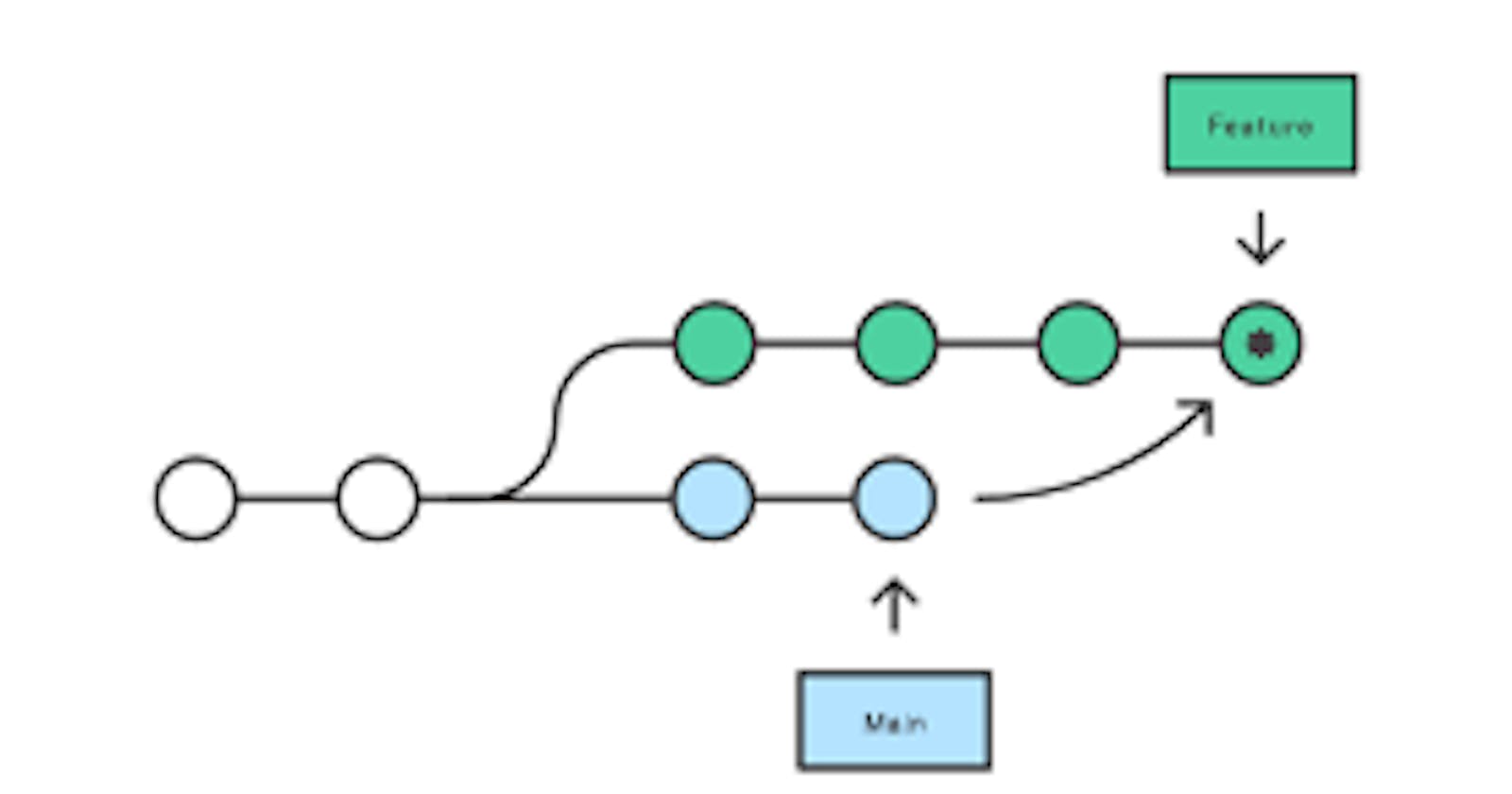git rebase is a Git command that allows you to modify the history of a branch by moving the branch to a new base commit. This can be useful in situations where you want to incorporate changes from one branch into another branch, or to clean up the history of a branch by removing unnecessary commits.
When you run git rebase, Git identifies the common ancestor commit between the current branch and the branch you want to rebase onto. It then replays all the changes made in the current branch after that common ancestor commit onto the new base commit. This results in a linear history, with all the changes from both branches combined in chronological order.
The basic syntax for git rebase is:
git checkout <branch-to-rebase> git rebase <new-base-branch>
This will rebase the current branch onto the new-base-branch. During the rebase process, Git will pause and allow you to resolve any conflicts that arise between the changes in the two branches.
It's important to note that git rebase rewrites the history of a branch, so it should only be used on branches that have not yet been shared with others or pushed to a remote repository. If you rebase a branch that others have already based their work on, you will create conflicts and confusion for everyone involved.
